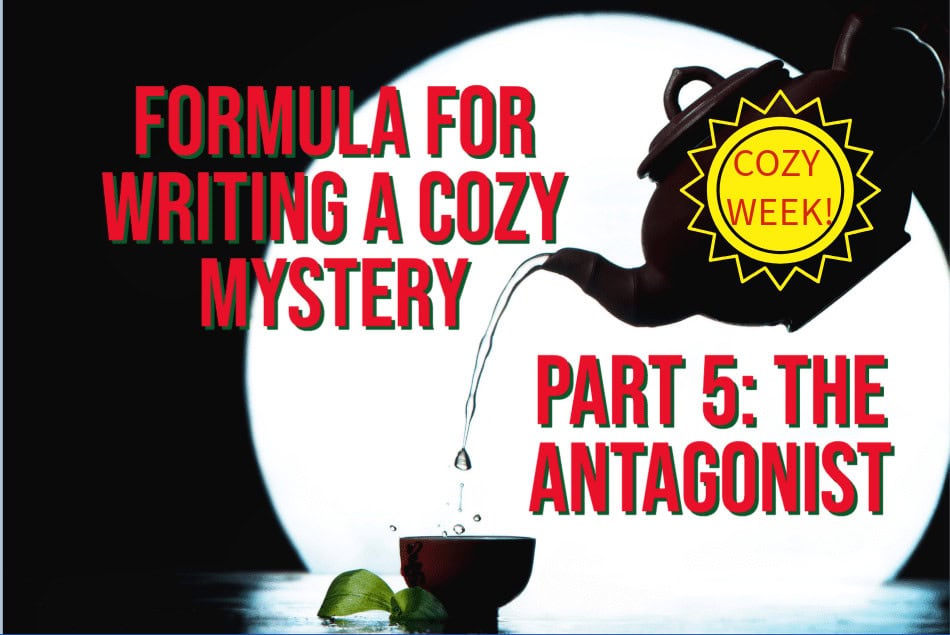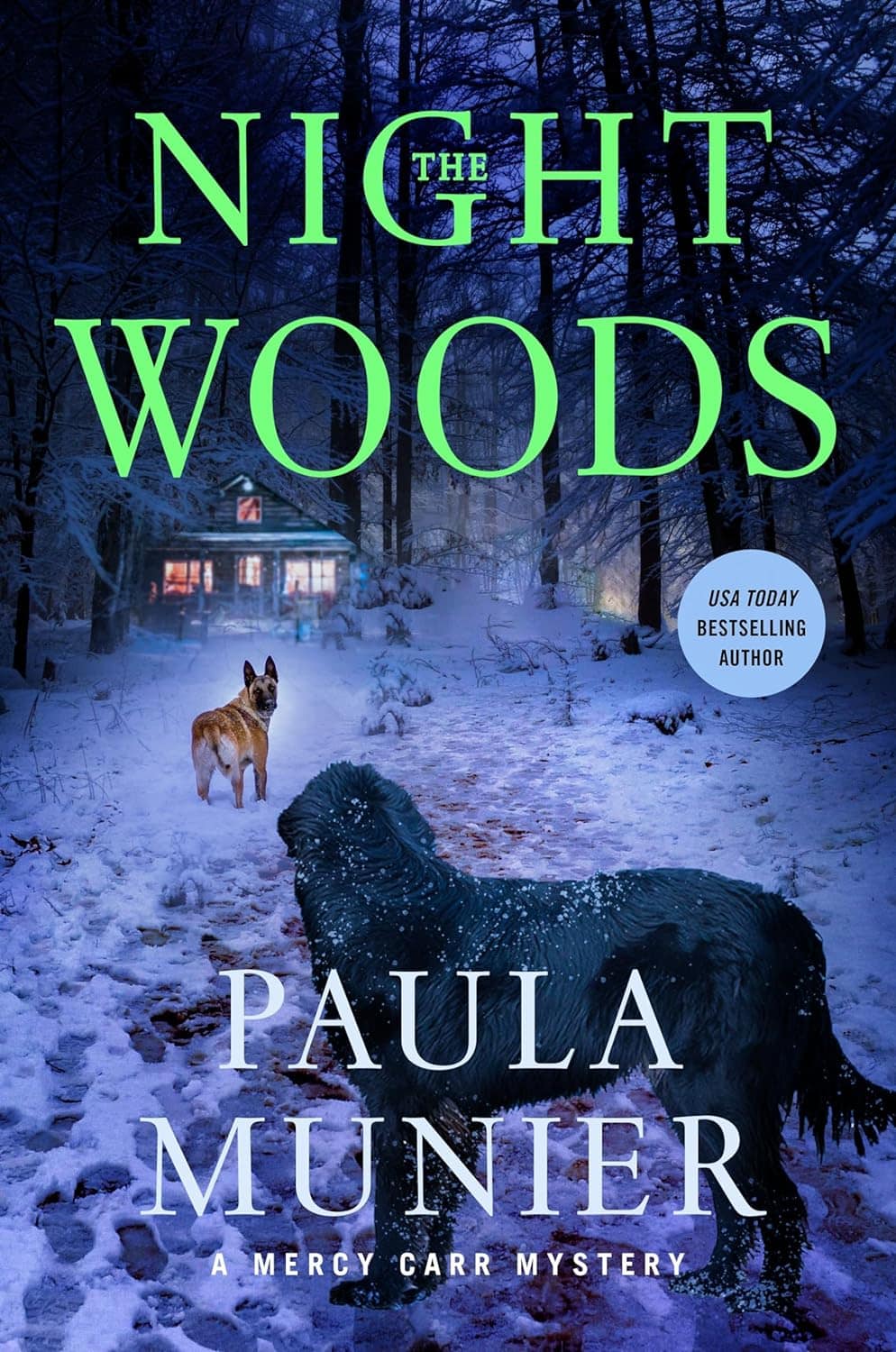If you’ve been following along with this cozy mystery series, you know that we’ve talked about the protagonist for your series, but not the murderer, the evil-doer, the antagonist.
As with many other aspects of cozies, the antagonist is constrained by reader expectations. She will not be a serial killer. He will not be a pedophile or a satanist. He will not usually be a teen, nor will “they” be a duo or a gang. Definitely not cozy.
Motivation
To begin to construct your murderer, you might start with motivation. Since cozies are frequently defined by a community, play with the motives that spring up when people live in close proximity.
Greed always works. Envy goes over well in cozies, as does striking out to avoid shame or humiliation. Love gone wrong is a popular motive. Murder in the heat of passion (discovering a boyfriend is cheating, for instance) can work. Accidental murders also have a home in the cozy realm (pushing someone in the heat of anger and accidentally killing them, for instance).
Revenge as a motive is tricky in cozies. Not to say it can’t be done, but the long-term planning and calculation involved in a revenge murder can take the antagonist out of the cozy realm if not done carefully. Hate crimes are usually a no-go as motives for a cozy antagonist. Generally, the antagonist will not be motivated by political or religious fervor. Cozies are about personal relationships, not assassinations.
A caveat re political fervor: some cozy murders are motivated by the antagonist’s belief in a cause. If you go this route, take pains to give your antagonist a unique cause (environmental and animal causes are overdone), and make sure you show why the cause is so important to your murderer. It’s best if there’s a personal reason, something that happened to the antagonist or a loved one, not just belief in a lofty theory.
As with most mysteries, you will have a richer, more well-rounded protagonist, if readers can understand and even sympathize with her motive.
Who Is the Antagonist?
A cozy antagonist is usually part of the community. Except when he’s not.
You can use an “incomer” as the antagonist when she has connections to the community. Someone’s sister, fiancé, or long-lost parent, say. There’s less impact on the community and protagonist, and thus, on the reader, when a stranger is the antagonist.
The antagonist can be male or female, young (but not teenage or younger because that’s too tragic for a cozy) or old, rich or poor, highly respected or loathed by all. If possible from a narrative viewpoint, it helps to be able to present several different perspectives on the antagonist. Make him well-rounded, with good points as well as bad. Not only does that help keep the reader guessing whodunnit, but it gives the story more depth.
Your antagonist needs to be as smart as, or smarter than, your protagonist. She needs to be a worthy match.
If you’re working on a cozy mystery, what’s unique about your antagonist? What’s their motivation? Drop by our Facebook page and let us know!
Okay, so you’ve got the baddie all figured out, but what about everyone else? In cozies, community is so important.
Check out our next post: “The Supporting Cast.”





